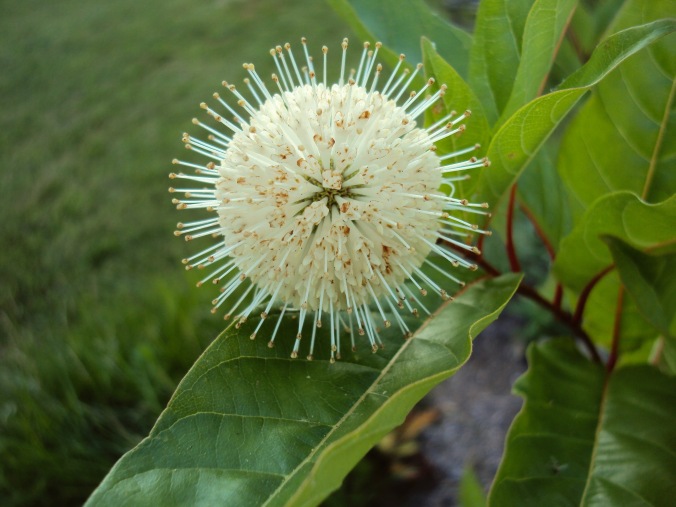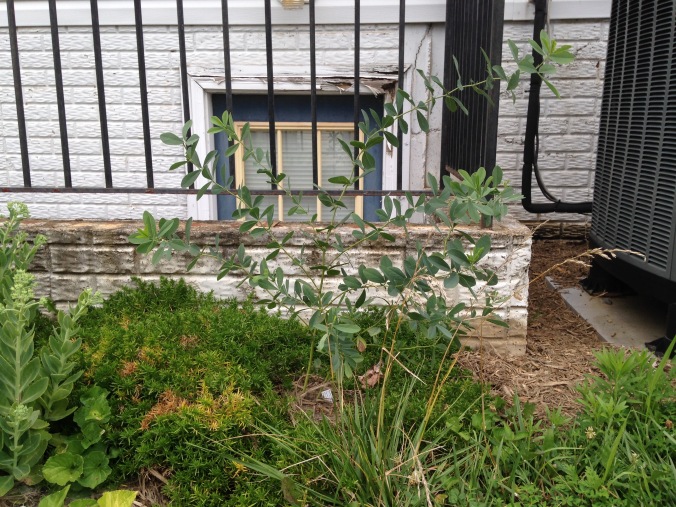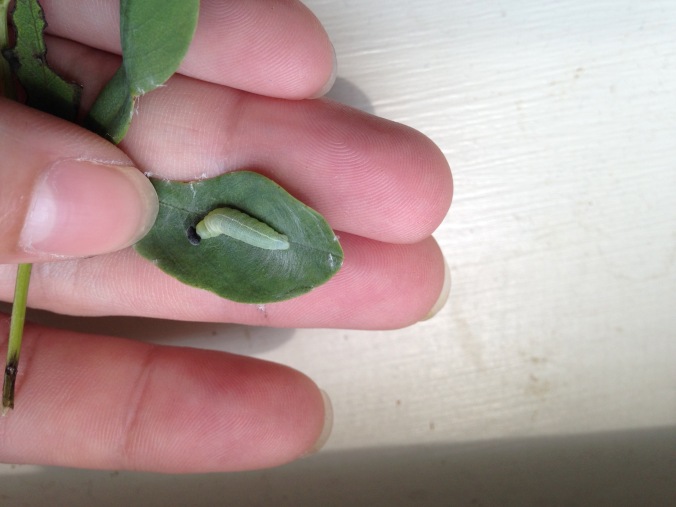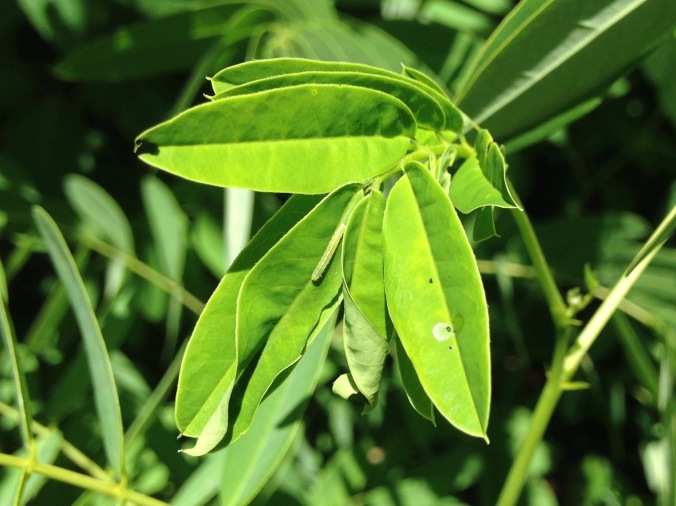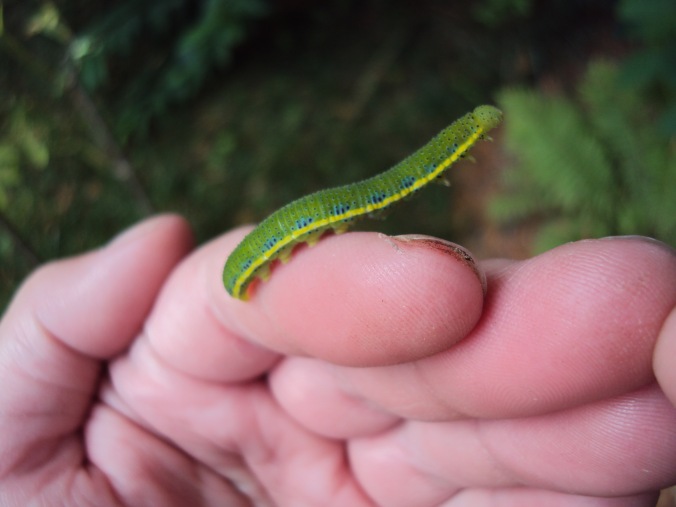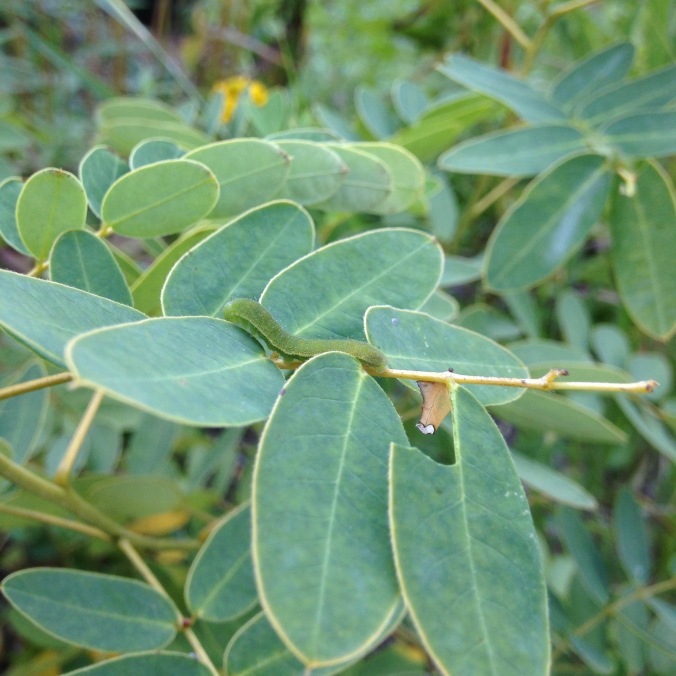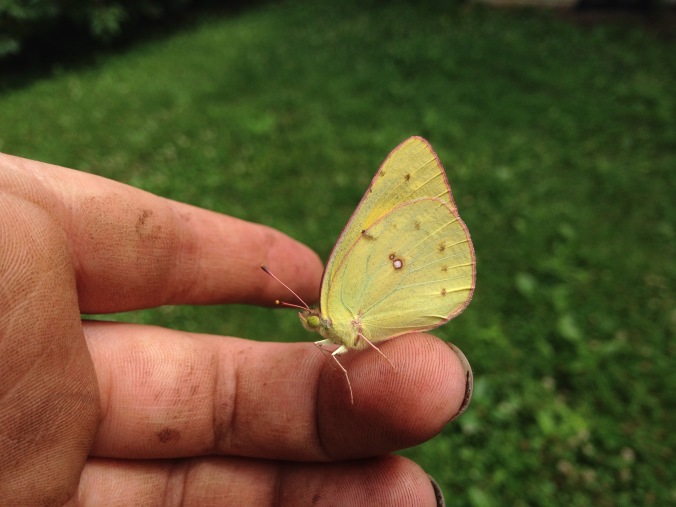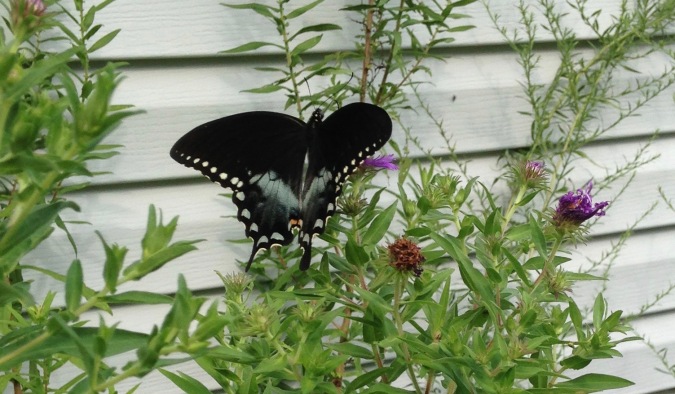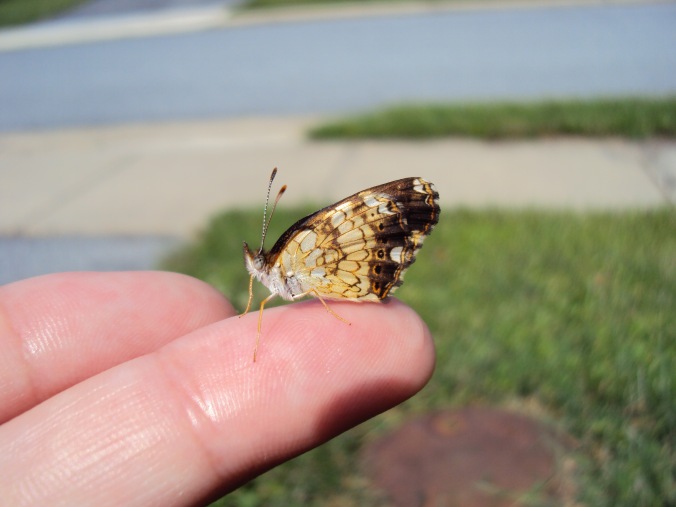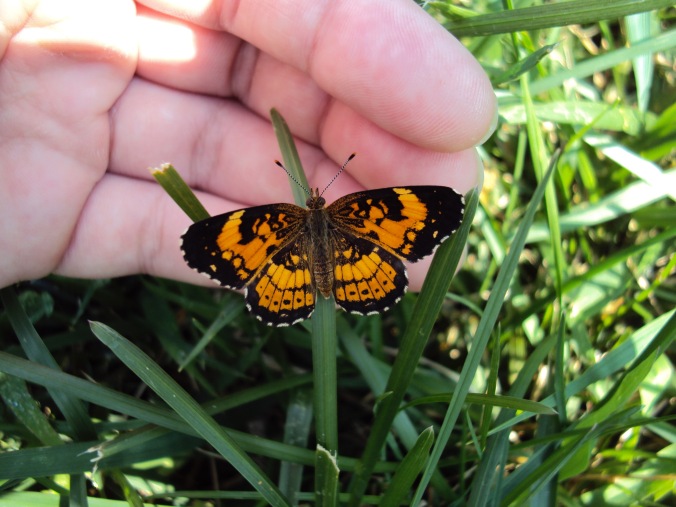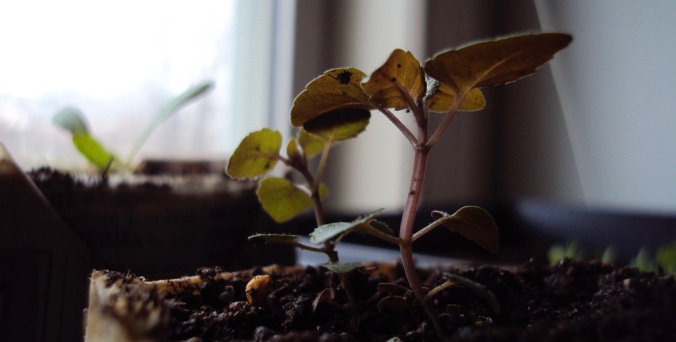I had to build a database for one of my classes this semester, and realized I could use this as an opportunity to start consolidating what data I have about plants and wildlife-plant interactions. At this point in the design process, I’m trying to focus on adding plants that’ll have maximum ecological value, which means identifying gaps where nothing (or nothing usable) is blooming so that I’ve got year-round food for my local pollinators.
This is more complex than even just marking down the periods where I don’t have flowers, because not every type of insect can use every type of flower. I have mainly tall plants, for instance, and eastern tailed-blues or least skippers can’t fly high enough to visit most of them. I also have a lot of deep flowers like buttonbush or Monarda, which are totally useless for small and short-tongued bees. What I really need is info on which types of insects are actually visiting my garden, and what plant species are accessible to them. Hence the need to get organized, and to be able to quickly cross-reference research and personal data.
It’s still very much a work in progress, as I get better at writing code and get a better idea of how to visualize the info I need. But in the meantime, one side effect is that I had to finally sit down and start learning my way around our local bee species, and start learning how to identify them.
Since last spring or so I’ve been snapping as many photos as I could of whatever bees I saw; I didn’t really know what I’d be looking for as far as ID characteristics and was procrastinating on the necessary research, so I just settled for trying to get the same individual from multiple angles wherever possible. I definitely wish I’d known a few things going in (mainly about how much facial details figure into an ID, or how important it is to get good abdomen pics for bumblebees), but I think I’m still making pretty good progress considering my limited bee knowledge and lack of fancy photo-taking gear!
Here’s two species that I’ve been finding a lot in my garden this spring:



